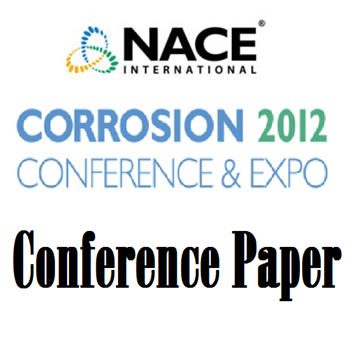Search
51314-3860-High Temperature Cathodic Disbondment Testing for Pipeline Coatings
Also Purchased
10008 High Temperature Cathodic Disbondment Tests
Product Number:
51300-10008-SG
ISBN:
10008 2010 CP
Publication Date:
2010
$20.00
07021 MODIFIED CATHODIC DISBONDMENT TESTING OF EXTERNAL POLYMERIC PIPELINE COATINGS
Product Number:
51300-07021-SG
ISBN:
07021 2007 CP
Publication Date:
2007
$20.00
51312-01285-Cathodic disbondment test: What are we testing?
Product Number:
51312-01285-SG
ISBN:
01285 2012 CP
Publication Date:
2012
$20.00




